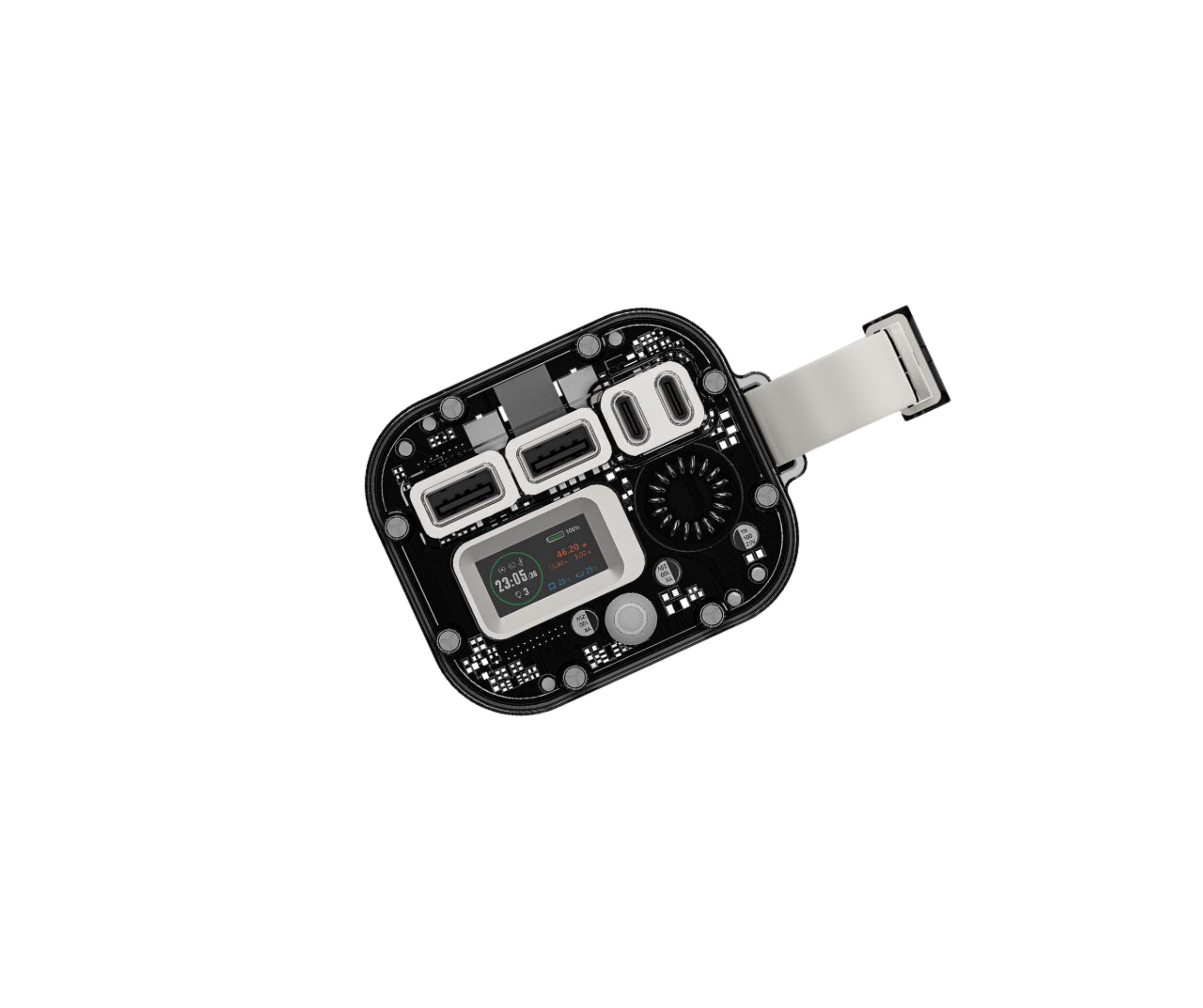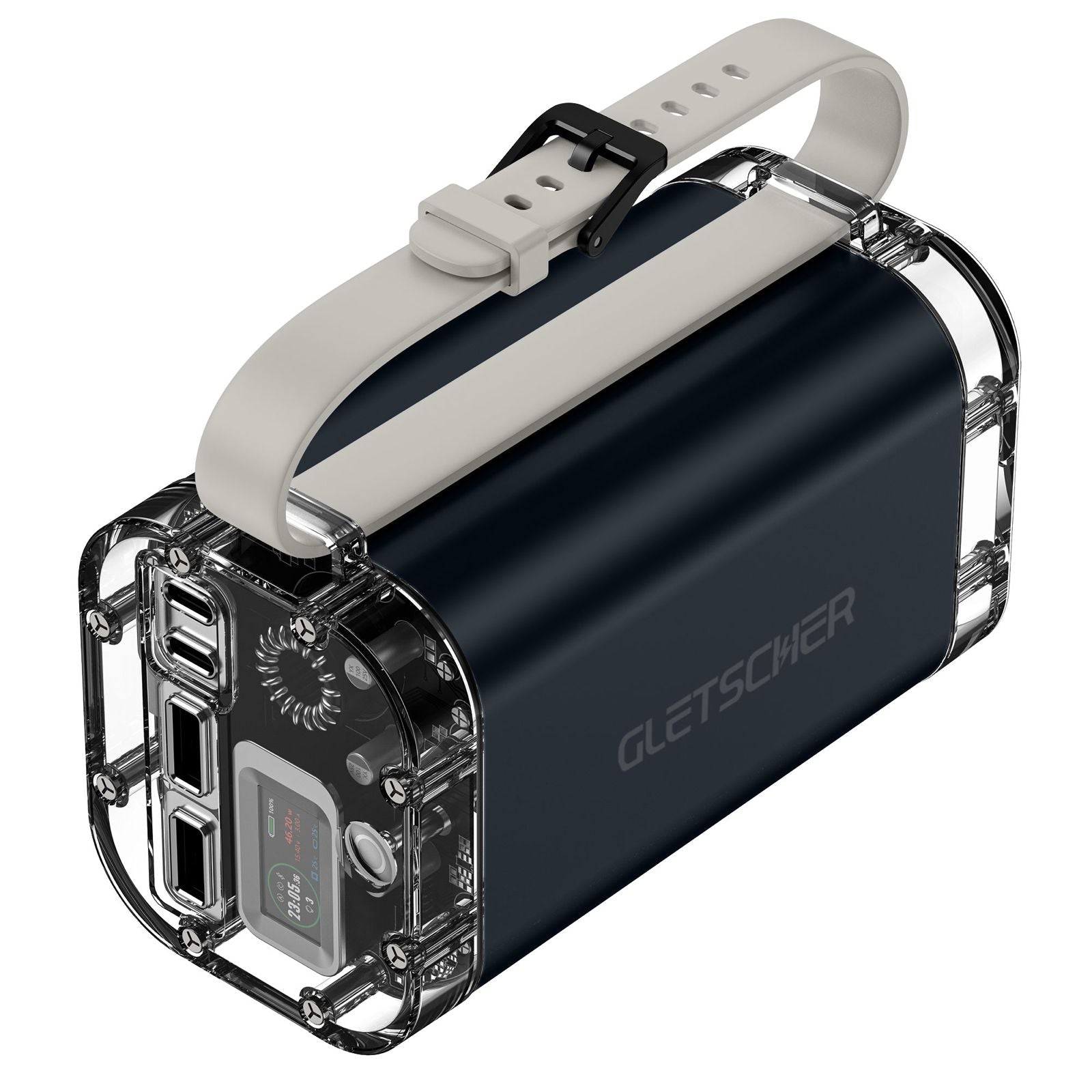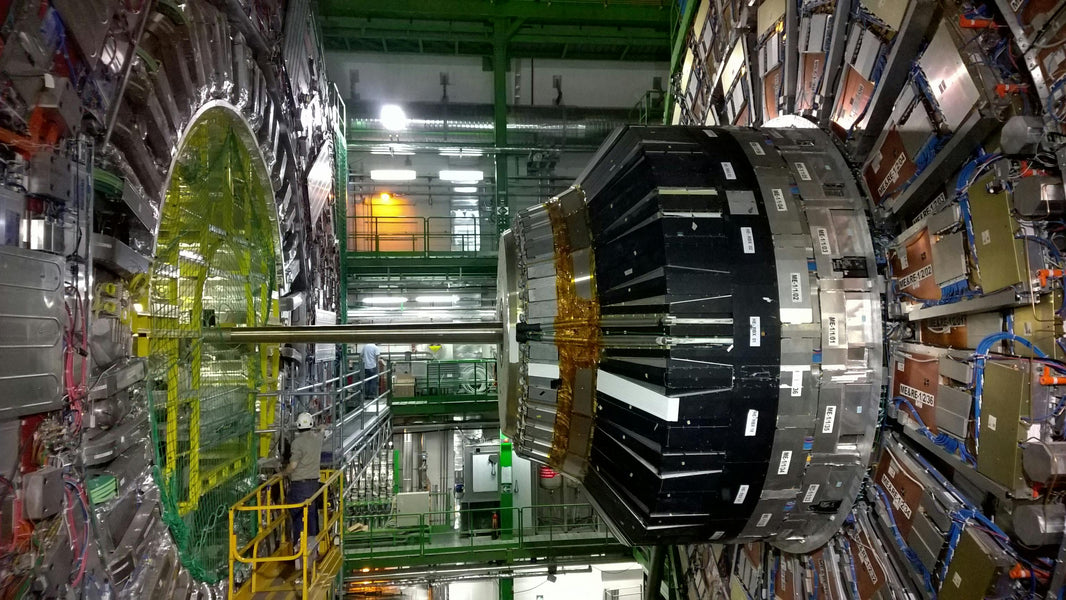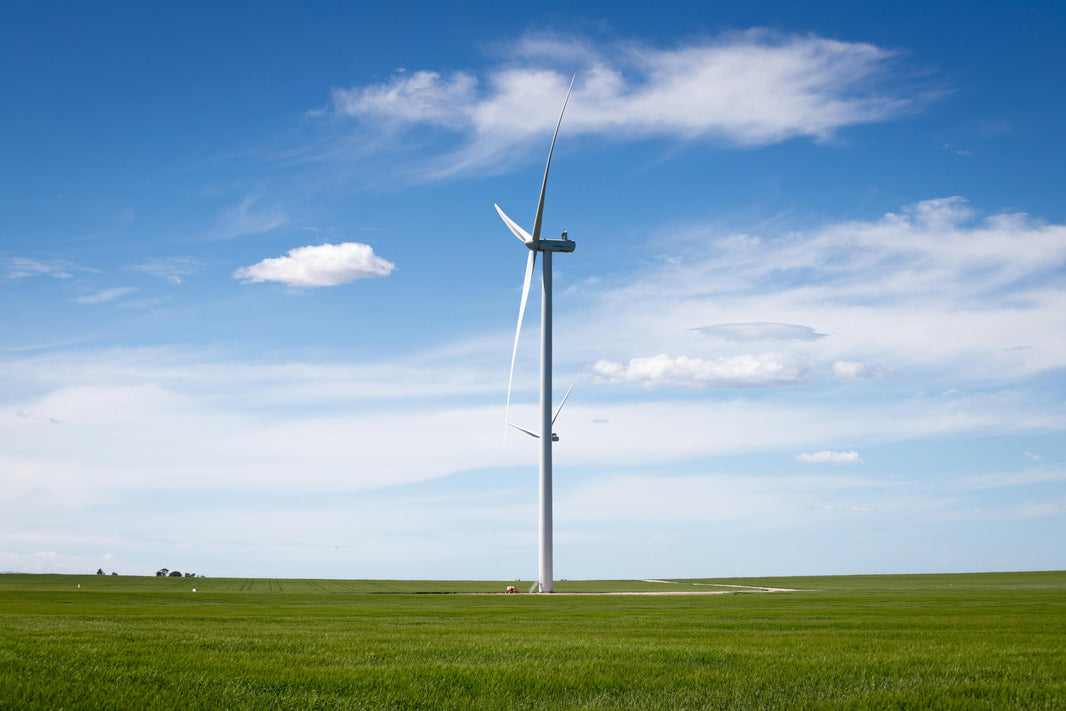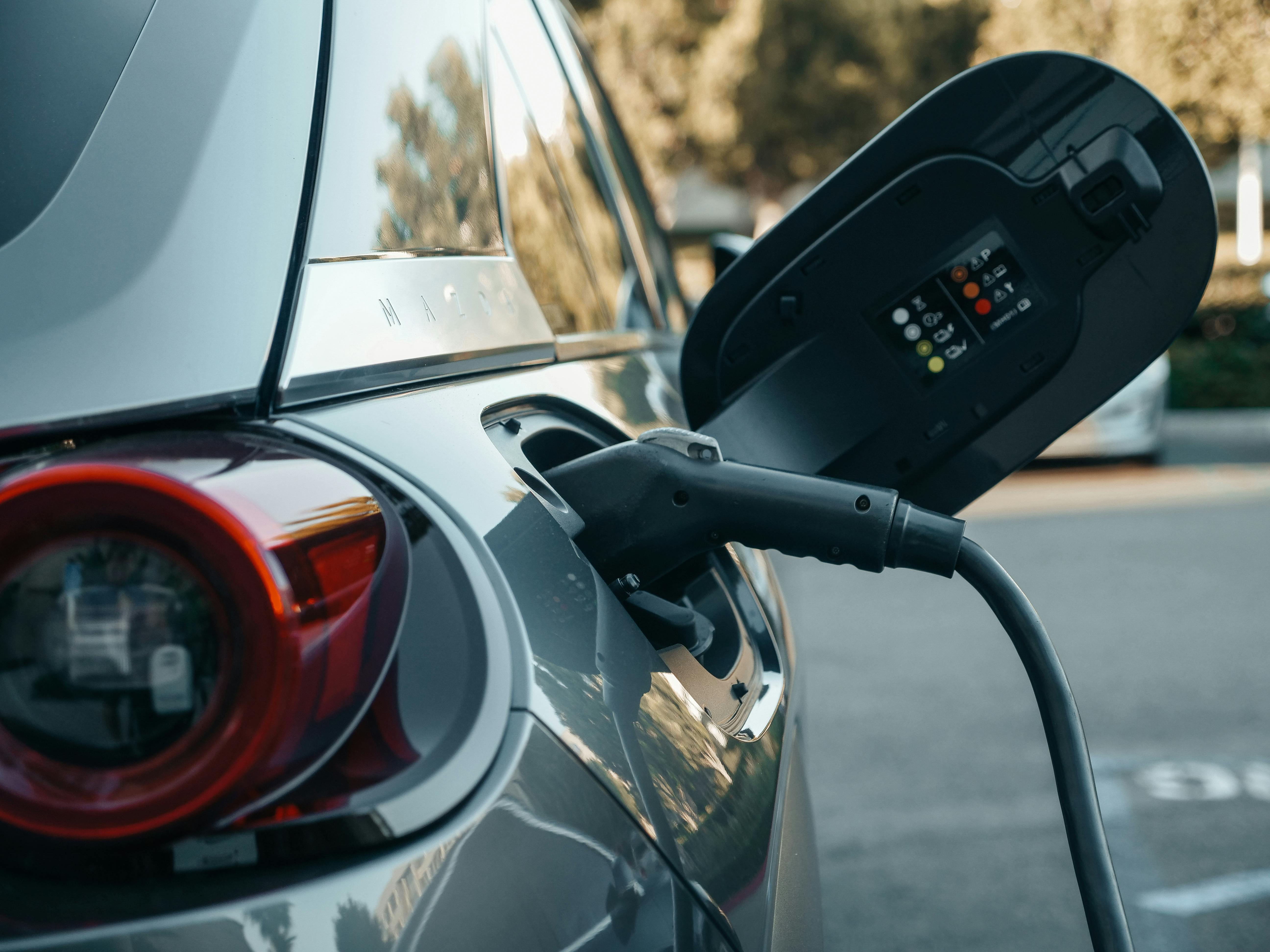Introduction
In the sun-rich but weather-challenging regions of the Middle East, designing solar PV systems isn’t just about maximizing energy yield—it’s about ensuring survival. Harsh desert conditions introduce unique mechanical and environmental stresses, particularly in the form of strong wind gusts, abrasive sandstorms, and thermal expansion. For solar developers, engineers, and policymakers in countries like Saudi Arabia, the UAE, and Oman, addressing these challenges with precise structural design is no longer optional—it’s mission-critical.
This blog explores the cutting-edge structural engineering practices and material innovations that enable solar systems to endure—and thrive—in desert climates.
Why Structural Design in Deserts Is Different
Unlike temperate climates, desert zones expose solar systems to:
-
Wind speeds exceeding 160 km/h during sandstorms
-
Abrasion from airborne dust particles traveling at a velocity
-
UV degradation and thermal stress due to high day-night temperature deltas (up to 40°C swings)
-
Soil movement or settlement on sandy or rocky substrates
Without proper design, solar panels risk delamination, loosening of anchor bolts, tracking failure, and even full array collapse.
Key Structural Engineering Considerations
Wind Load Testing and Dynamic Response Modeling
Wind pressure is calculated using:
-
ASCE 7-16 or Eurocode EN 1991-1-4 wind load standards
-
Site-specific wind tunnel data, when available
Design Tip: Use CFD (Computational Fluid Dynamics) to simulate airflow around array rows. This helps optimize row spacing, tilt angle, and frame profiles.
Real-world Metric: In coastal Saudi sites, reinforced racking systems must withstand wind uplift forces up to 2400 Pa.
Foundation Engineering on Shifting Soil
Desert terrains vary from dunes to compact gravel beds:
-
Screw piles or helical anchors offer secure, corrosion-resistant grounding
-
Ballasted systems can be used on rocky plains, but require high-precision engineering
Gletscher Energy Insight: Our ground-mount projects in Oman use galvanized steel piles with micro-pile adjustments to reduce lateral shear displacement during micro-seismic activity.
Anti-Abrasion Panel Coatings & Glass Specs
Sand is an enemy of clarity and structural integrity:
-
Low-iron tempered glass with anti-soiling nano-coating increases efficiency by 5–7% in dusty areas
-
Hydrophobic self-cleaning layers (like those in Gletscher Energy’s Stellar Series) reduce manual cleaning frequency
Corrosion-Resistant Frame Materials
With high humidity in coastal deserts and salt-laden winds, use:
-
Anodized aluminum or hot-dip galvanized steel
-
Fasteners with zinc-aluminum-magnesium (ZAM) coatings
Example: Gletscher Energy’s Makellos panels use marine-grade framing alloys, validated for ISO 9223 C4 corrosion class.
Structural Tilt Optimization
Typical desert tilt ranges:
-
15–25°: balances energy output, self-cleaning by gravity, and lower wind profile
-
Lower tilt = lower wind loading, but higher soiling
Design must factor in the soiling rate vs. energy gain trade-off. Gletscher’s custom-engineered tilt brackets allow project-based calibration.
Case Study: Airport Solar Installation in UAE
-
Size: 1 MW rooftop system
-
Wind profile: 130–160 km/h gusts
-
Design solution: Ballasted low-tilt (10°) racking with aerodynamic shields
-
Outcome: Zero structural damage after 2 years, with efficiency degradation <2.5%
Monitoring & Maintenance in Desert Environments
1. Vibration Sensors
Used to detect early signs of structural fatigue in tracker systems
2. Thermal Cameras
Spot heat-induced warping or anchor failure from expansion/contraction cycles
3. Remote Panel Wash Scheduling
AI-based cleaning schedules (e.g., every 10–14 days) can boost performance by 15% over passive systems
Gletscher Energy’s Desert-Ready Engineering Philosophy
Gletscher Energy’s products are tailored for high-stress desert environments:
-
Stellar Solar Street Lights feature anti-UV, self-cleaning coatings, and hurricane-rated poles
-
Makellos Panels are engineered with double-glass durability and anodized corrosion-free frames
-
Structural integration services include CFD modeling, soil tests, and tracker wind tolerance validation
-
Designed for temperatures up to +70°C, wind speeds of >160 km/h, and high-dust conditions (IEC 60068-2-68)
Conclusion: Resilience Is the New Efficiency
While efficiency metrics are vital, they are meaningless if a system can’t survive its climate. For desert projects, structural resilience is ROI insurance.
Gletscher Energy continues to invest in desert-adapted structural innovations, ensuring that our partners across Saudi Arabia, the UAE, and Oman can rely on both performance and protection.

